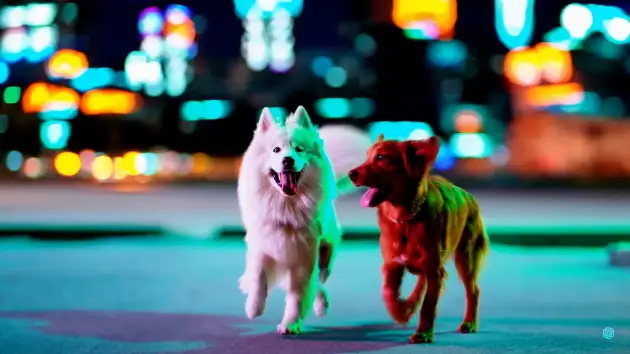
Sora is OpenAI's new generative AI model that works similarly to the company's Dall-E image generator. Users simply prompt for video content and Sora returns a high-quality video clip. It can also generate videos from still images, stretch videos, or fill empty frames.
Video could be the next frontier for generative AI as chatbots and image generators enter the real world. While welcomed by AI enthusiasts, the new technology also raises serious concerns about misinformation as major global political elections approach. According to data from machine learning company Clarity, the number of AI-generated deepfakes has increased 900% year-over-year.
With Sora, OpenAI is looking to compete with video-generating AI tools from rivals like Meta, Google, and startups like Stability AI. Amazon has also launched Create with Alexa, a prompt-based model for generating short-form animated content for kids.
Sora can currently only create videos a minute or less long. There’s also a small team—or “red team”—that uses the model to look for security vulnerabilities. OpenAI hasn’t released any public demos beyond the 10 sample clips available on its website.
OpenAI is also building a classifier that can identify video clips as Sora products, and plans to include certain metadata in the output to help identify AI-generated content. The effort is similar to what Meta is doing to identify AI-generated images.
Sora, like ChatGPT, uses the Transformer architecture introduced by Google researchers in a 2017 paper.
(According to CNBC)
Source




![[Photo] Fireworks light up the sky of Ho Chi Minh City 50 years after Liberation Day](https://vphoto.vietnam.vn/thumb/1200x675/vietnam/resource/IMAGE/2025/4/30/8efd6e5cb4e147b4897305b65eb00c6f)
![[Photo] Feast your eyes on images of parades and marching groups seen from above](https://vphoto.vietnam.vn/thumb/1200x675/vietnam/resource/IMAGE/2025/4/30/3525302266124e69819126aa93c41092)

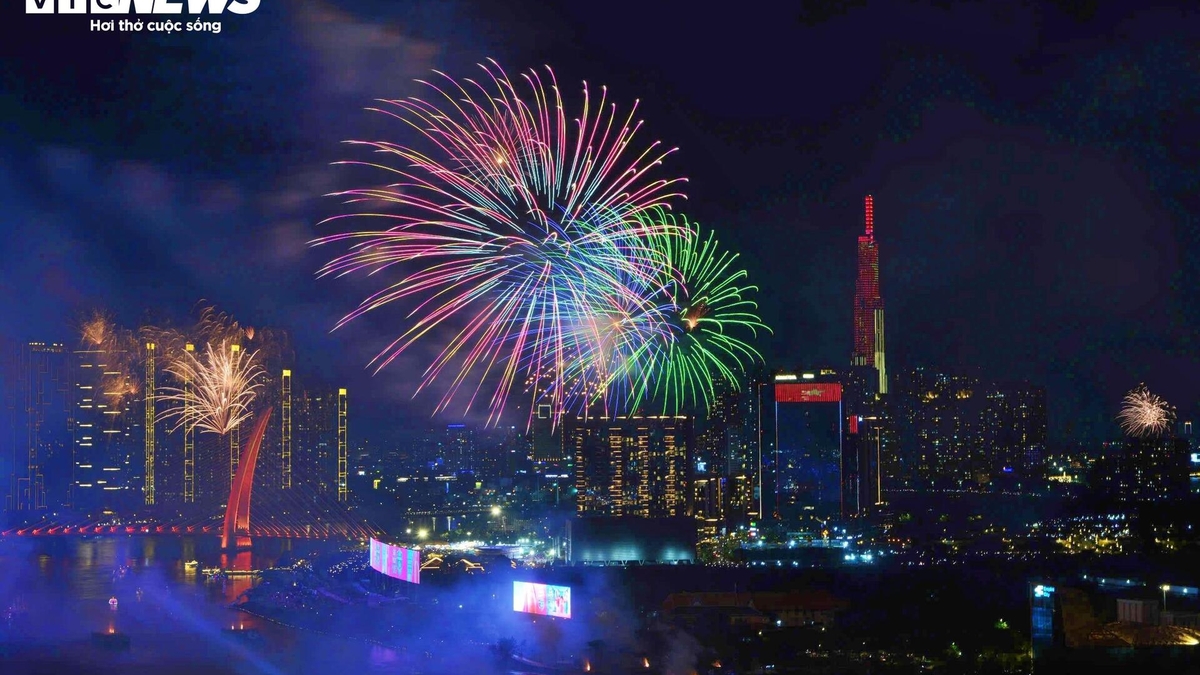




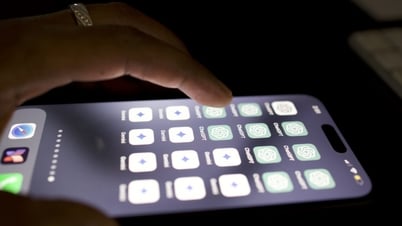

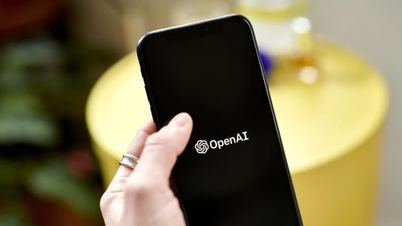
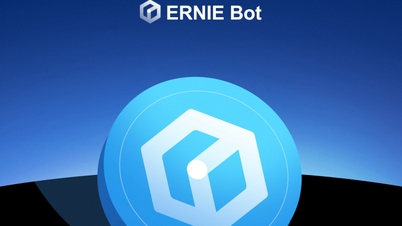

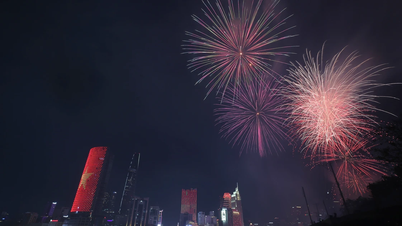


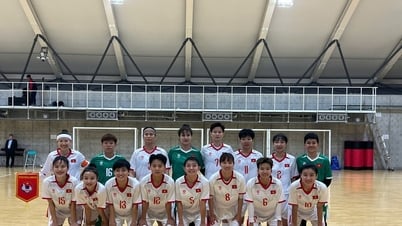
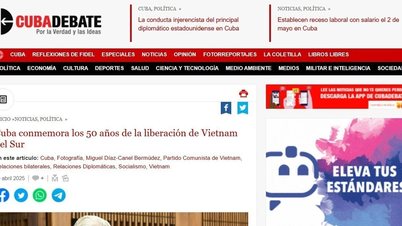















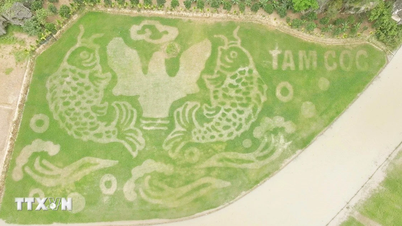







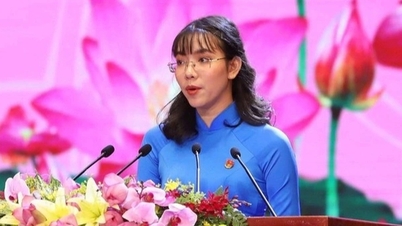





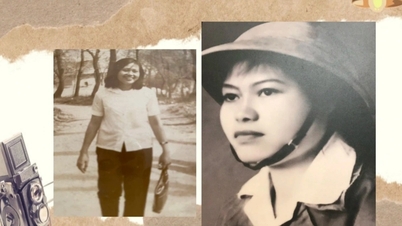













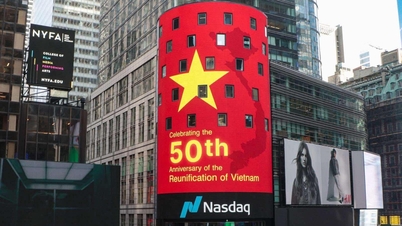













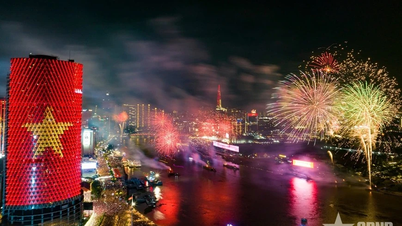



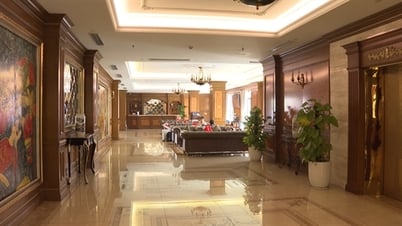


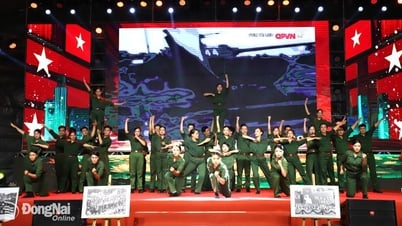











Comment (0)